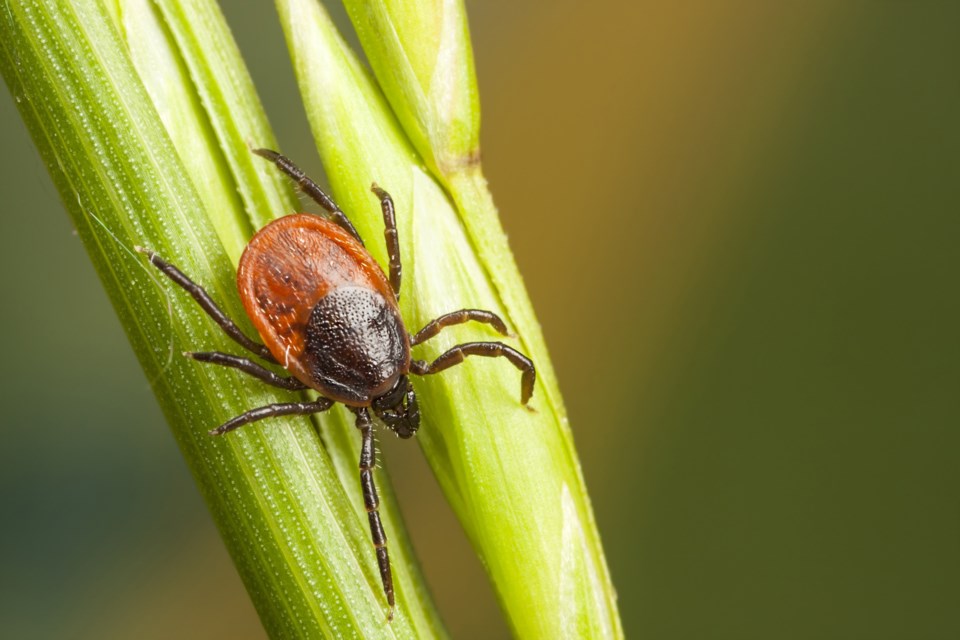Newmarket resident Joe Piech said he knows what it’s like have Lyme disease and chronic symptoms.
Piech said he has had years of symptoms after treatment for the disease. Health Canada has said the cause of these post-treatment symptoms is not currently clear.
He said he has had to live with brain fog, migrating pain and fatigue.
“I’m trying to get awareness,” he said, adding his family was prepared when a tick appeared on his granddaughter’s neck, “for the next generation that might be suffering from this disease, or not knowingly be bit and have to go through the stuff that I go through.”
Tick season is upon us in York Region and across Canada, and the region is warning residents to be aware of them. The disease has become more prevalent in Canada, with Health Canada counting a preliminary 2,851 cases in 2021, the most in the past decade.
York’s zoonotic diseases program coordinator Kimberly Gray said the region has been a risk area for years. Climate change is allowing black-legged ticks, which carry Lyme disease, to spread to more areas, with no real way to combat them without the use of harmful pesticides.
“As they gain a foothold in natural areas, they are reproducing. There will be greater numbers as time goes on,” she said. “We really want to actually reinforce that going outdoors and enjoying nature is really important. We just need to make sure that everyone is mindful any time you’re heading out to enjoy nature, you do protect yourself from ticks.”
The ticks bites are known to be “bulls eye” shaped. If left untreated, Lyme disease can spread to the joints, heart and nervous system. Treatment for the disease requires antibiotics.
Gray said ticks are generally in the underbrush. She said to limit exposed skin, tuck pants into socks and utilize insect repellent.
Once you leave an area, it is important to check for ticks, she added.
“We need to change the way that we are going into the natural areas. Be mindful that every time we’re heading out, we need to protect ourselves,” she said.
She said ticks are most active in the spring and the fall. She said the bacteria that causes Lyme disease is not a virus, so you could be re-infected every time a tick bites you.
“Seeking treatment sooner rather than later really increases your chances of full recovery.”
Gray said to remove any found ticks as quickly as possible, using a pair of tweezers, and then clean the bite area with soap and water or rubbing alcohol. She said not to squeeze or put anything atop the tick.
“We do see that their habitat is spreading,” she said. “This is something that we will need to have continued awareness of and ensure we’re protecting ourselves every time we go outdoors.”
Piech said he has advocated for more recognition in the health-care sector for chronic Lyme conditions. Regardless, he said he hopes others can avoid getting the disease.
“With the climate change and the ticks being able to live longer, and the winters getting warmer and shorter, it’s a problem,” he said



